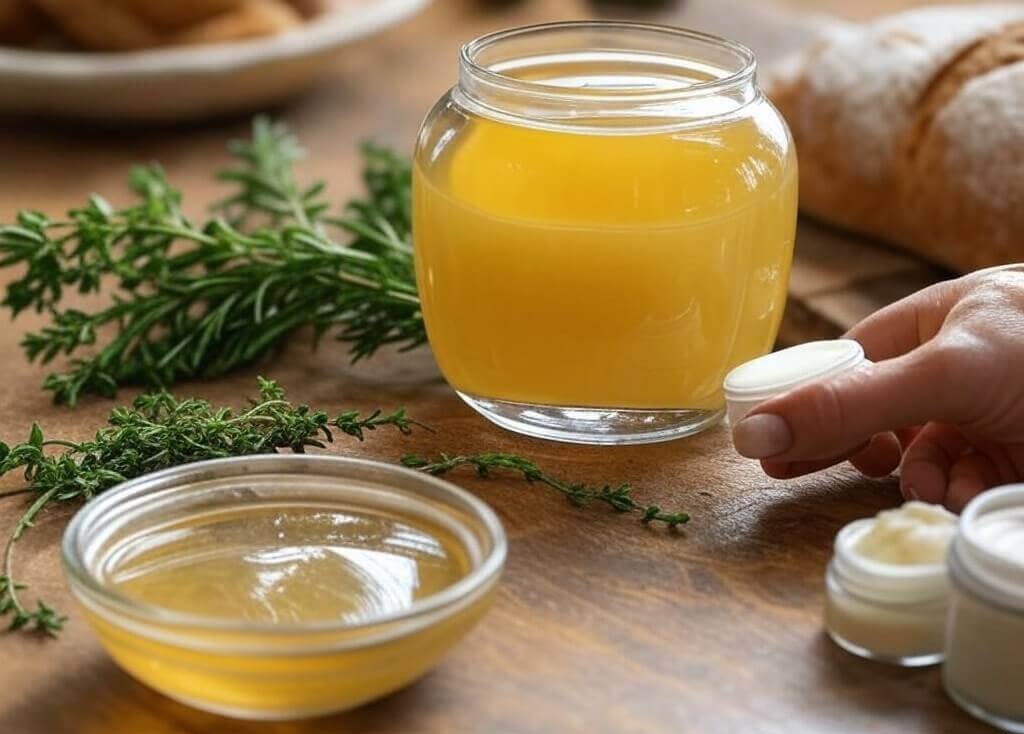
The Benefits Of Beef Tallow
The benefits of beef tallow include deep hydration, rich nutrients, and a natural alternative to synthetic moisturizers for healthy skin and cooking.
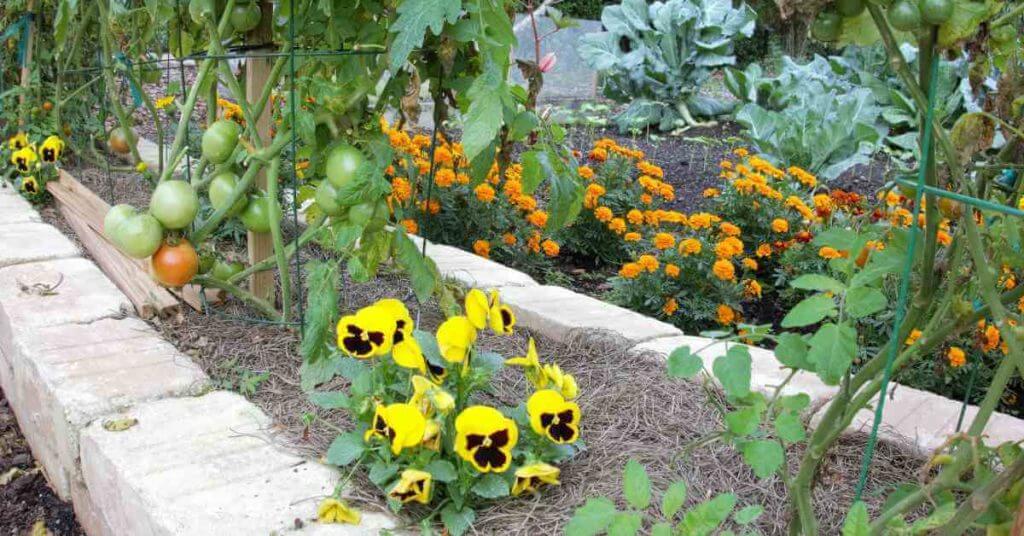
Embarking on the journey of companion planting can be as daunting as it is exciting. With so many different plants and potential combinations, how do we know which ones work best and which to avoid?
Fortunately, companion planting is much simpler than most sources make it out to be. Very few combinations are detrimental, while most bring some benefit, albeit some more than others.
That is why I have created a simple and easy-to-follow companion planting chart for vegetables based on scientific research where possible and many years of personal trial and error. Ready to turn your garden into a powerhouse of productivity? Let’s get growing!
Companion planting is the practice of planting different crops near each other for mutual benefits, namely pest control from harmful bugs and insects, pollination, maximizing the use of space, and increasing crop productivity.
While companion planting, in the form of polyculture (an agricultural practice that involves growing multiple types of crops in the same area to increase biodiversity, enhance ecosystem health, and improve yields) has been a tried and tested agriculture technique for centuries, there remains a lot of myth and misconception around companion planting.
While some state that much of companion planting is folklore, others refer to scientific literature that proves some plants have beneficial effects on others.
Garlic, for example, has been shown to produce 20% more fruit when planted near cucumbers, with garlic-based soil shown to reduce lead disease by 35.9% compared to cucumbers without the presence of garlic.
While the mechanism behind this finding was not identified, garlic has long been known for its strong scent and is thought to deter pests like aphids and spider mites. Garlic is often planted around the perimeter of vegetable patches to keep these pests at bay.
It used to be thought that some plants help others grow while some might hinder them. This isn’t exactly wrong, but it turns out that most plant pairings are actually beneficial.
There are only a few exceptions, like black walnut trees, which can stop other plants from growing well because of what they release into the soil. As a result, it makes sense to focus more on the positive pairings and why plants thrive better together.
All companion plants are based on five main benefits: Pest Control, improved pollination, enhanced soil health, optimal space usage, and disease prevention. Some plants are naturally better than others, which is why nasturtiums are often recommended as a companion plant for almost all plants for their superior pest-deterring abilities, and the fact that they do not harm any others.
With that being said, here is a list of some of the best companion plants for the most common vegetables, that aim to bring these five benefits to your garden plot for healthier and happier crops.
See here for the 5 best companion plants for tomatoes.
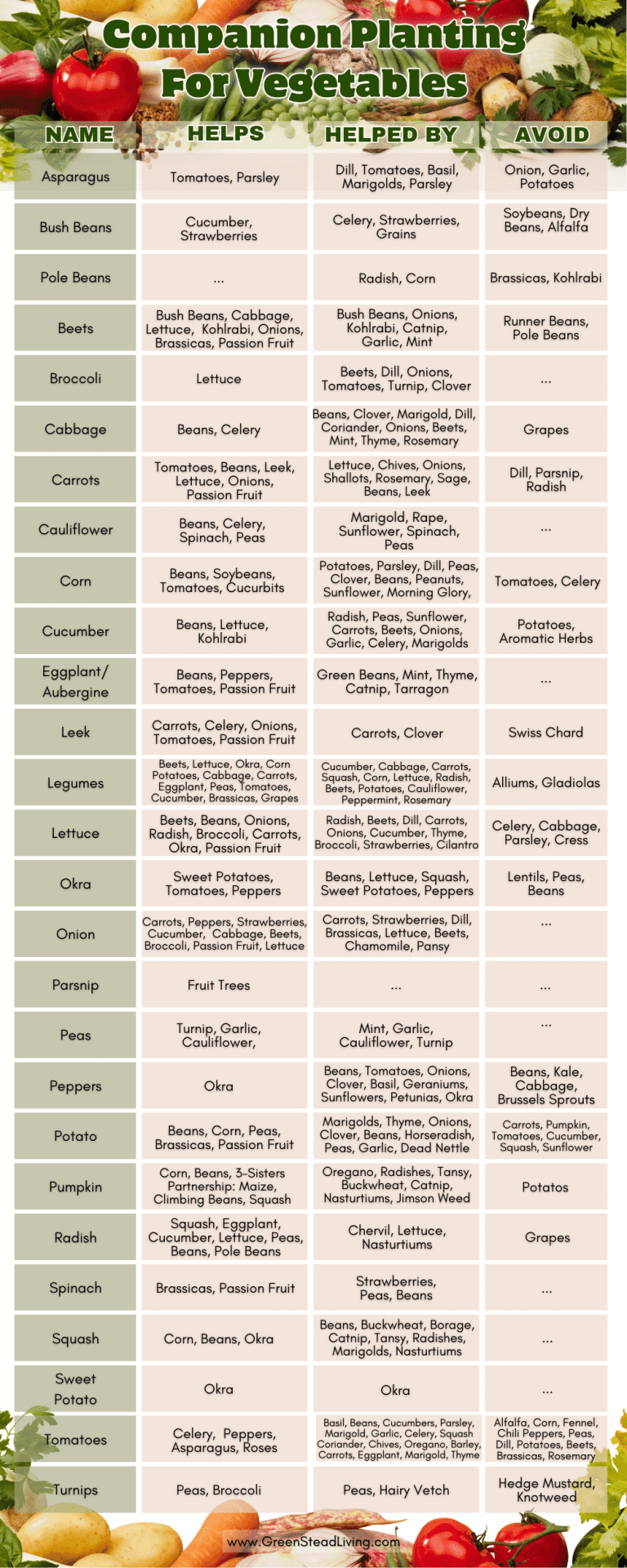
It is not just vegetables that benefit from well planned companion plants, fruits, flowers, and herbs can all benefit too.
See here for a companion planting chart for fruits.
See here for a companion planting chart for herbs.
See here for a companion planting chart for flowers.
Companion planting is the practice of planting different crops near each other for mutual benefits, namely pest control from harmful bugs and insects, pollination, maximizing the use of space, and increasing crop productivity.
While some state that much of companion planting is folklore, others refer to scientific literature that proves some plants have beneficial effects on others.
Garlic, for example, has been shown to produce 20% more fruit when planted near cucumbers, with garlic-based soil shown to reduce lead disease by 35.9% compared to cucumbers without the presence of garlic.
All companion plants are based on five main benefits: Pest Control, improved pollination, enhanced soil health, optimal space usage, and disease prevention. Some plants are naturally better than others, which is why nasturtiums are often recommended as a companion plant for almost all plants for their superior pest-deterring abilities, and the fact that they do not harm any others.

The benefits of beef tallow include deep hydration, rich nutrients, and a natural alternative to synthetic moisturizers for healthy skin and cooking.
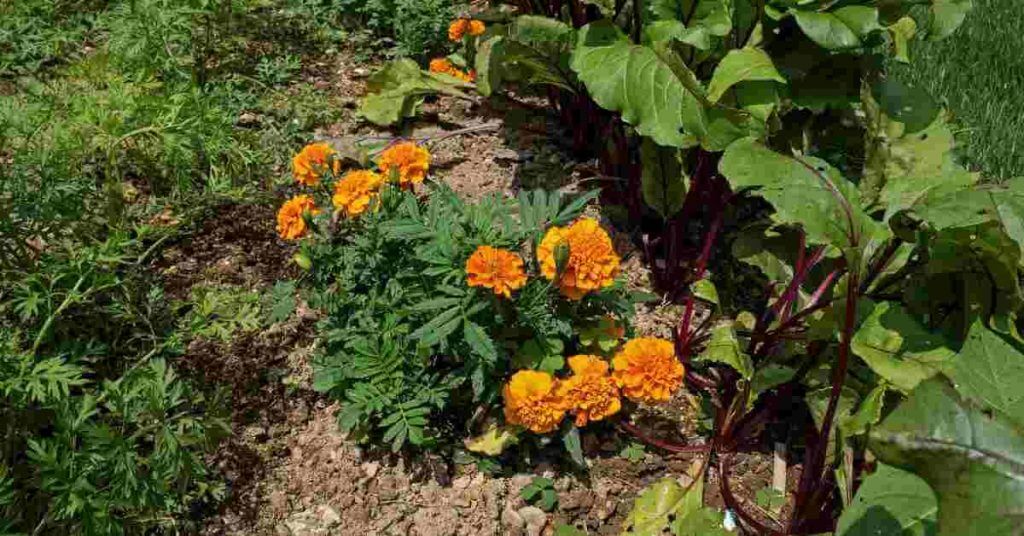
Looking for which plants are best for companion planting with flowers? This article contains a table with the best flowers and their many benefits.

Reverse osmosis water filtration systems offer the best way to obtain clean and healthy tap water for drinking.
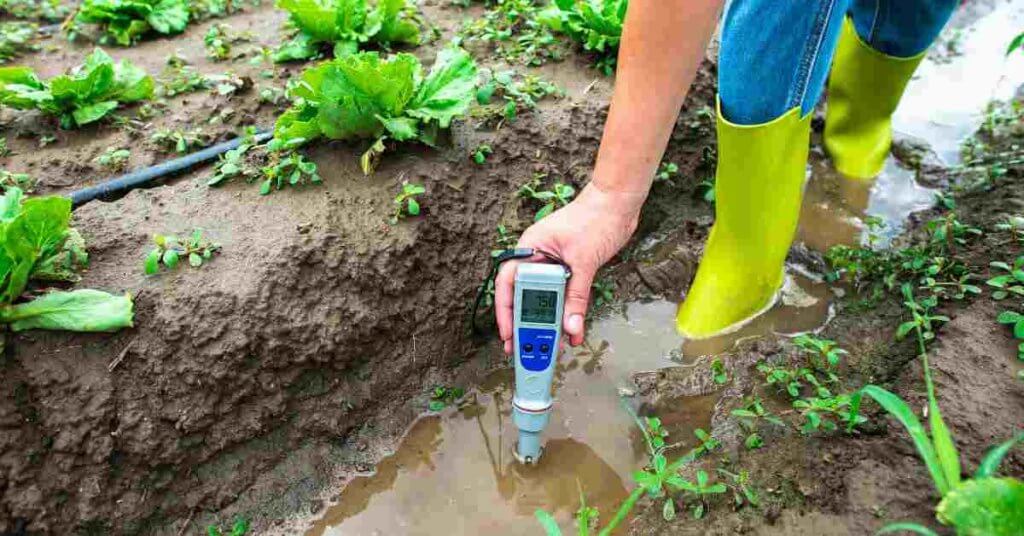
Learn how to test soil pH with these 3 easy techniques, whether at home or from a professional laboratory.
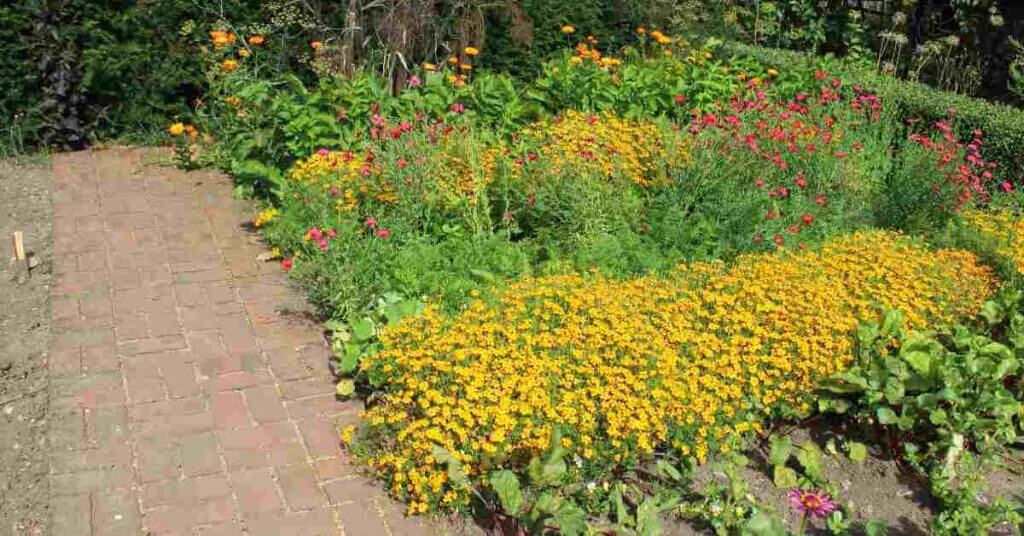
An overview of everything you need to know about what is companion planting, and what plants should be included and avoided to help your garden thrive.

Here are the 5 best companion plants for peppers that will deter pests, attract pollinators, increase fruit set and yield, and enable your peppers to thrive.